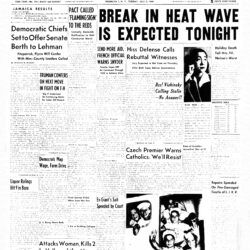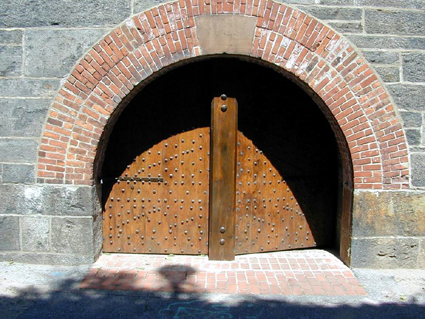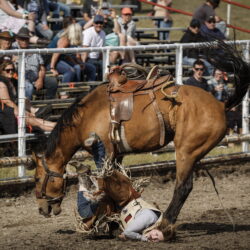
On This Day in History, March 9: Ft. Hamilton Casement Fort Landmarked

On March 8, 1977, the Fort Hamilton Officers’ Club was designated a landmark.
The building was constructed between 1825 and 1831 as the Fort Hamilton casement fort from which guns and cannons could be fired through embrasures. Lt. Joseph K.F. Mansfield and Maj. René E. DeRussy were in charge of construction.
It was a part of the Totten System of seacoast forts, a network of coastal fortifications in the U.S. The cornerstone was laid on June 11, 1825, and the granite structure was ready to receive its garrison when completed in 1831. The cost is estimated to have been a half-million dollars.
The fort was not officially named for Alexander Hamilton, the first Secretary of the U.S. Treasury, until the 20th century. The landmark is located in Bay Ridge, in the shadow of the Verrazano Bridge. It is opposite Staten Island’s Fort Wadsworth, which closed in 1995 and is now open to the public and managed by the National Parks Service. The stretch of water between the two forts is called the Narrows, which joins Upper New York Bay with Lower New York Bay.
Fort Hamilton was built on the site of an early Dutch blockhouse and Fort Lewis, which was an earth and timber structure that helped to deter British attack during the War of 1812. Captain Robert E. Lee supervised expansion of the gun platform and improvements to the water battery. Civil War volunteer regiments trained at Fort Hamilton, and nearby Fort Lafayette (the foundation of which is now the base for the Brooklyn tower of the Verrazano Bridge) became a high-ranking federal prison for Confederates. In the first months of the war Abner Doubleday was the post commander. (Some historians say he invented the sport of baseball). Later he was a hero at Gettysburg. A ship barrier across the Narrows helped Fort Hamilton and its sister forts on Staten Island to protect the harbor against Confederate raiders. During the draft riots in 1863, troops from Fort Hamilton helped put them down.
During most of the 19th century the fort had no chapel and depended on nearby churches in the surrounding community. St. John’s Episcopal Church, known as the “church of the generals,” baptized Lt. Thomas Jackson (later known as “Stonewall” Jackson), and Lee was one of its vestrymen. Although soldiers were marched to St. John’s for services, many were Irish or German Catholics who wanted a church of their own denomination, so as volunteer labor they helped erect the first building for nearby St. Patrick’s Church. The neighborhood also sported several cheap saloons just off post that catered to the soldiers.
Advancements in artillery made vertical-walled masonry fortification obsolete during the Civil War, and in the last decades of the 19th century great advances in military technology brought a new generation of long-range guns mounted in inconspicuous emplacements. The guns, in turn made obsolete by air power, were removed from Ft. Hamilton in the years following World War II. Anti-ship artillery was replaced by anti-aircraft artillery that was removed in 1954 when missiles began 20 years of protecting New York Harbor. Mines, submarine nets and other defenses serving at the Narrows were all eventually removed.
During the two World Wars, Fort Hamilton served as a major embarkation center. In the mid-90s it became the home of a recruiting command and the Military Entrance and Processing Station for New York City.
It is the only military base still active in New York City.
Leave a Comment
Leave a Comment




